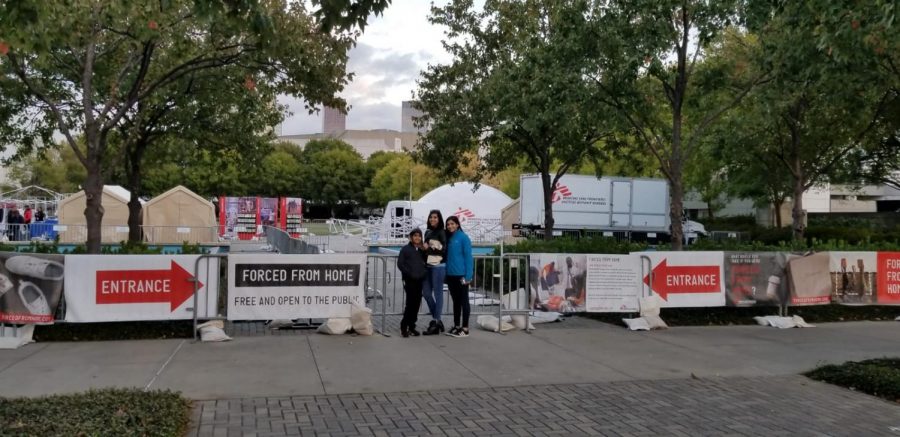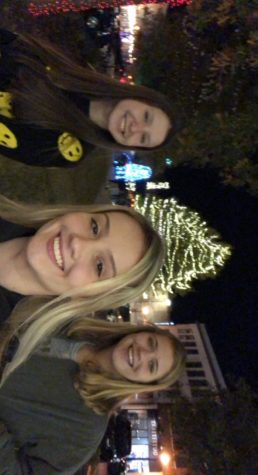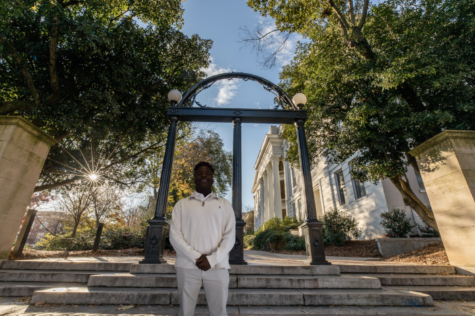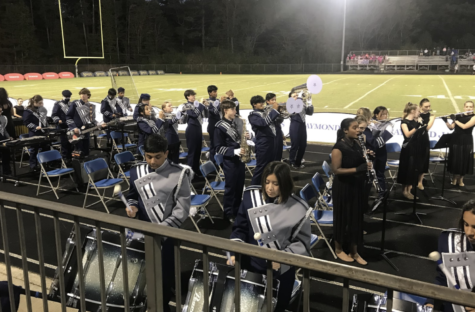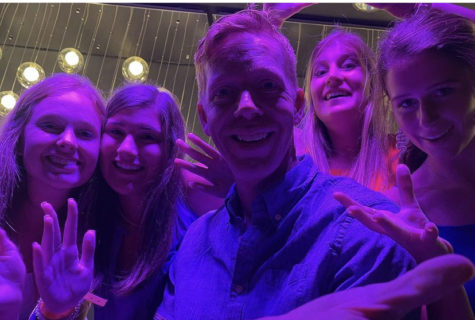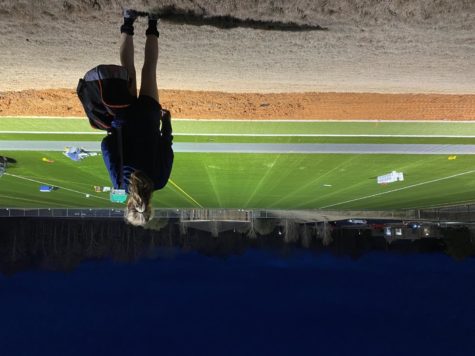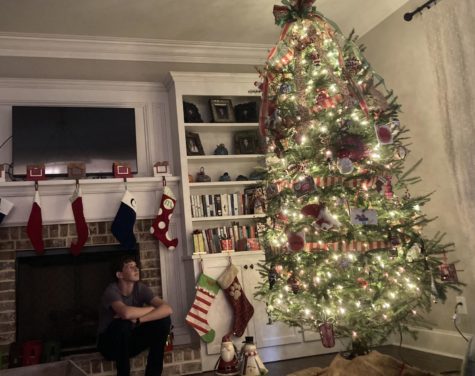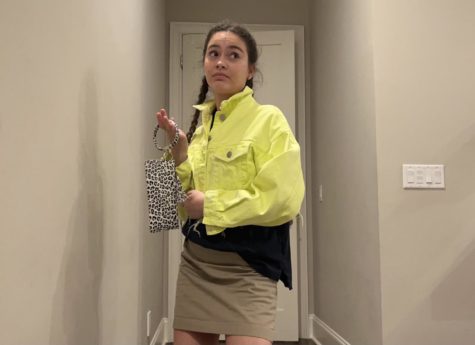‘Force From Home’ exhibit was educational, enlightening
On a Sunday afternoon last fall, my mom asked if I wanted to go with her and my brother to see an exhibit called “Forced From Home” in the World Congress Center in Atlanta.
I didn’t know much about it, only that it was a “Doctors Without Borders” exhibit on the global refugee crisis.
At the last minute, I decided to go because it was the last weekend of the exhibit. I had assumed it was a museum exhibit and nothing more. The tour turned out to be an outdoor immersive experience that connects to its audience.
“Forced From Home” allows a person to step into the shoes of a refugee. It was a 90-minute guided interactive tour, taking visitors through different experiences. Each tour guide on this traveling exhibit has worked with “Doctors Without Borders” in the past, sharing their personal experiences, challenges and how they were able to make an impact.
As the tour begins, you are given an identity card, telling you which country you are from and background information.
After being shown a video about different Refugee Camps around the world, the interactive part began. There was a wall of photographs of what the average American would think of as everyday necessities. We were told we had a minute to choose what we thought we needed. After grabbing the five items which I thought I had needed, we moved on to the “journey.”
We were each forced to give up one of the items we had chosen in order to move on. We sat on a raft boat while our guide told us about the horrors of fleeing. We then moved on, but I quickly noticed from here on out our tour guide began to say “If you made it this far. It really put things into perspective.
We learned about refugee camps, the struggles and the hardships. We were shown a display of 18 six-gallon water containers and two more in the front, we were asked what the bottles in the back and the bottles in the front represented. None of us hit the mark but were all shocked to hear that the 20 containers in the back represented how much the average American used in one day. It gives you just the smallest idea of what people in these situations go through and how we take simple things such as access to water for granted.
One story in particular that resonated with me was one our tour guide told us about a family he had gone to visit in a refugee camp. Most of these camps are built on barren, open land. This family lived in a small tent, with just a tarp separating them from them ground. The woman who lived there had asked him to pause for a moment before entering. She swept the ground as a gesture of hospitality. Though her family had lost so much, she took pride in the little she had and welcomed him in.
Though this exhibit gives the public only the slightest idea of the realities of a refugee, it educates you, impacts you and inspires you to think about how we can make a change.
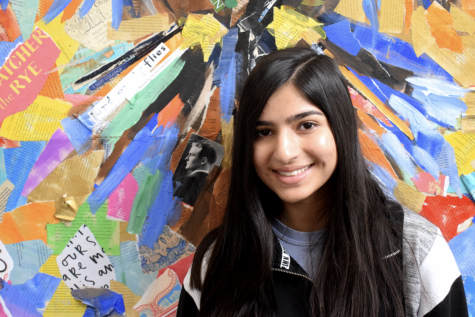
Rania Akbar is a senior and has been attending Stratford since kindergarten. This is her fourth year on the Gazebo staff and first year as news editor....



